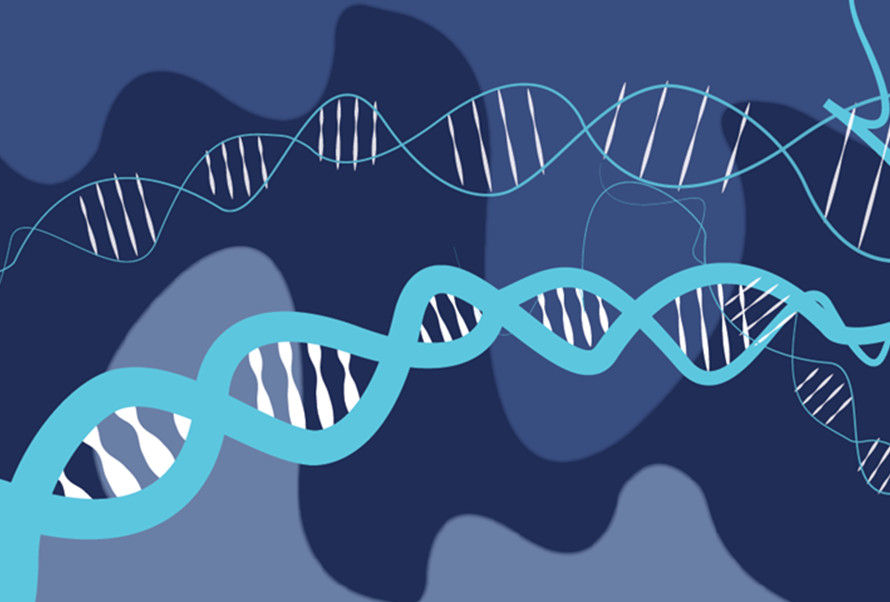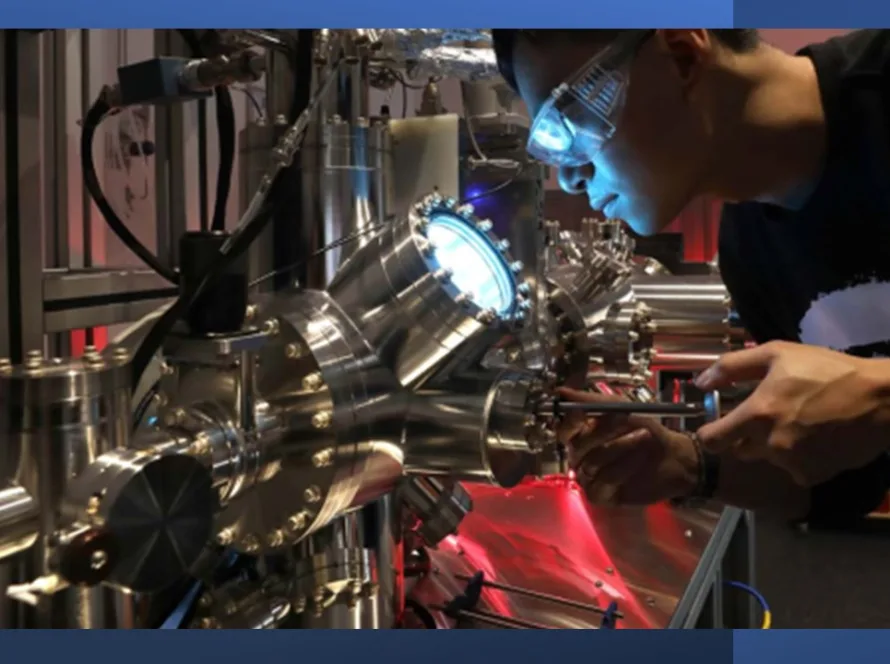Introduction
Esophageal squamous cell carcinoma (ESCC) is one of the most aggressive forms of esophageal cancer and often presents treatment challenges due to its resistance to chemoradiotherapy (CRT). A recent study titled “Decreased plasma gelsolin fosters a fibrotic tumor microenvironment and promotes chemoradiotherapy resistance in esophageal squamous cell carcinoma” sheds light on an intriguing factor influencing this resistance: the role of plasma gelsolin (pGSN) in the tumor microenvironment.
Let’s examine this study’s findings to understand how decreased levels of pGSN contribute to the fibrotic tumor microenvironment and why ESCC is more resistant to chemoradiotherapy.
What Is Plasma Gelsolin (pGSN)?
Plasma gelsolin is a multifunctional protein known for its actin-binding properties. It plays a vital role in cell shape, motility, and removing actin filaments from the bloodstream. However, beyond its structural functions, pGSN also possesses anti-inflammatory and immunomodulatory properties, which have significant implications for cancer progression and response to treatment.
The Fibrotic Tumor Microenvironment: A Breeding Ground for Resistance
The tumor microenvironment (TME) is the surrounding environment in which a tumor exists, including various cells, blood vessels, signaling molecules, and the extracellular matrix (ECM). A fibrotic TME, characterized by the excessive deposition of collagen and fibrous tissue, creates a dense and stiff environment around the tumor, which can impede drug delivery and promote resistance to therapies like CRT.
The study found that decreased pGSN levels are strongly associated with developing this fibrotic TME in ESCC. This fibrotic environment protects the tumor and promotes tumor growth and invasion, making it more difficult for treatments to penetrate and eradicate cancer cells effectively.
Key Findings of the Study
- Reduced pGSN Levels in ESCC Patients:
Researchers observed that plasma gelsolin (pGSN) levels were significantly lower in esophageal squamous cell carcinoma (ESCC) patients than healthy controls. This reduction in pGSN was even more pronounced in patients who exhibited resistance to chemoradiotherapy (CRT), suggesting a potential link between pGSN deficiency and the development of treatment resistance in ESCC.
2. Promotion of Fibrosis:
The study demonstrated that decreased plasma gelsolin (pGSN) levels contributed to an increase in fibrotic markers, such as collagen I, fibronectin, and alpha-smooth muscle actin (α-SMA), within the tumor microenvironment (TME). This finding suggests that low pGSN fosters a fibrotic environment, which, in turn, supports tumor progression and contributes to resistance to chemoradiotherapy (CRT).
3. Induced Epithelial-Mesenchymal Transition (EMT):
Epithelial-mesenchymal transition (EMT) is a process in which cancer cells acquire migratory and invasive properties, making them more aggressive and resistant to treatments. The study revealed that decreased levels of plasma gelsolin (pGSN) promote EMT in esophageal squamous cell carcinoma (ESCC) cells, further enhancing the cancer’s invasive potential and resistance to chemoradiotherapy (CRT).
- Enhancement of Cancer Stem Cell (CSC) Characteristics:
Cancer stem cells (CSCs) are a subset of cells within a tumor that can self-renew, resist therapy, and contribute to cancer relapse. The study found that reduced plasma gelsolin (pGSN) levels enhanced CSC-like properties in esophageal squamous cell carcinoma (ESCC), making the cancer more difficult to treat and increasing its likelihood of recurrence.
How Does Decreased pGSN Influence CRT Resistance?
The study uncovered that decreased pGSN activates key signaling pathways, such as the TGF-β/SMAD pathway, which is known to drive fibrosis, EMT, and CSC maintenance. This activation fosters a protective niche for tumor cells, enabling them to survive and thrive even under the assault of CRT. Thus, decreased pGSN creates a feedback loop that fortifies the fibrotic TME and empowers cancer cells to resist treatment efforts.
Potential Therapeutic Implications
The findings of this study open up exciting possibilities for future therapies targeting pGSN levels or its downstream effects:
- Restoring pGSN Levels: Supplementing pGSN or mimicking its function could disrupt the fibrotic TME, making tumors more susceptible to CRT.
- Targeting the TGF-β/SMAD Pathway: Since this pathway plays a central role in the effects of decreased pGSN, drugs that inhibit TGF-β signaling may help reduce fibrosis, EMT, and CRT resistance.
Conclusion
This study provides valuable insights into how decreased plasma gelsolin levels contribute to a fibrotic and therapy-resistant tumor microenvironment in esophageal squamous cell carcinoma. Understanding the mechanisms behind CRT resistance deepens our knowledge of ESCC’s biology and opens avenues for novel treatment strategies that could improve outcomes for patients facing this aggressive cancer.
As research progresses, targeting the fibrotic TME and restoring pGSN function may become essential to the fight against ESCC, offering hope for more effective therapies and improved patient survival.
References

Crystal structure of the cytoplasmic form of human Gelsolin (3FFN)




